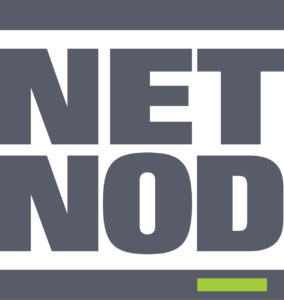BruhnBruhn announces dacreo apto, a Kubernetes compatible spacestack
August 7th, 2025. Uppsala, Sweden
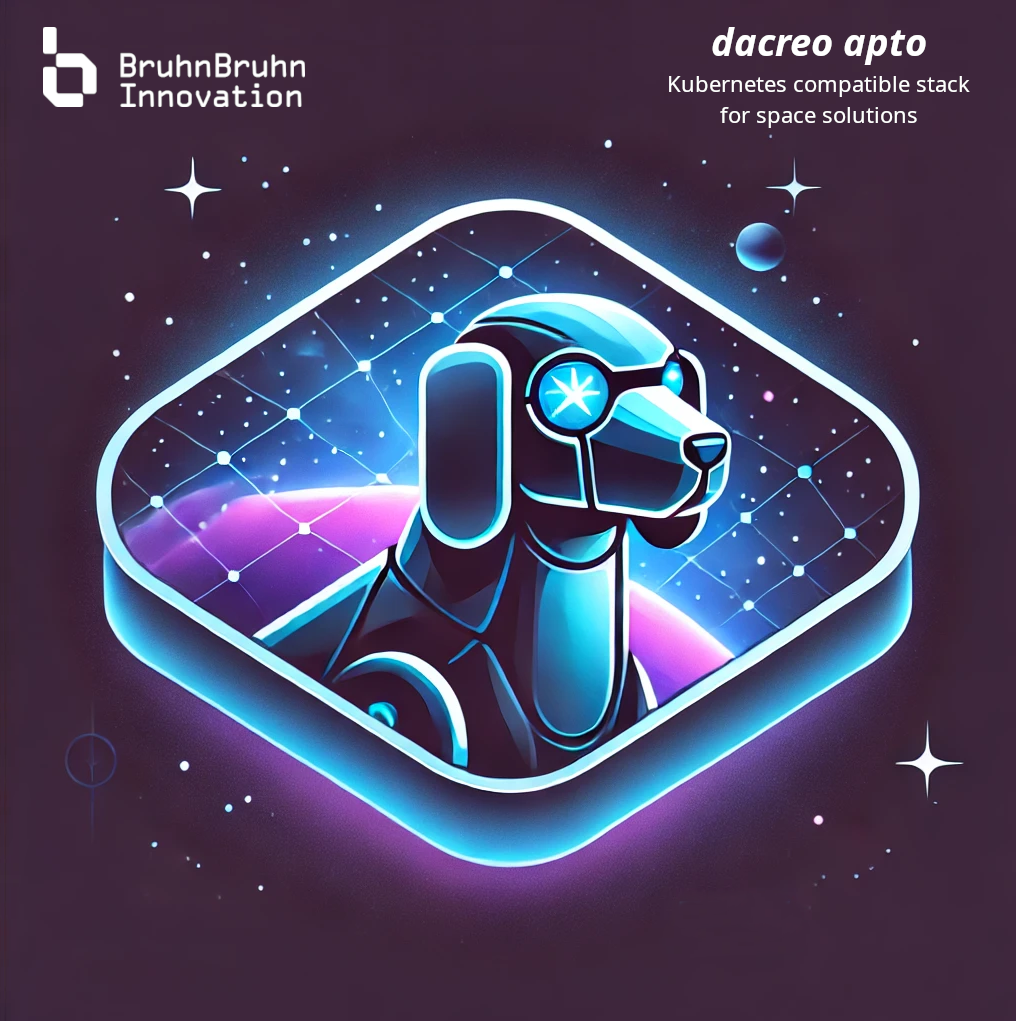
Introduction
As humanity pushes more sensors and satellites into orbit, the volume of Earth-observation and scientific data generated off-planet is exploding. Traditional ground-centric architectures—where raw imagery and telemetry must be downlinked, processed on Earth, then pushed back up—suffer from high latency, expensive bandwidth, and limited autonomy. Future missions, from disaster monitoring to in-space manufacturing, demand real-time insights and self-healing operations that simply can’t wait for a round-trip to ground.
Edge computing in space solves this by processing large data sets directly aboard satellites, space stations, or deep-space probes. But deploying off-the-shelf Kubernetes on standard Linux leaves gaps: cosmic-ray bit-flips can crash pods, clock drift breaks TLS, and any failed update risks bricking an asset thousands of kilometers away.
To address these challenges, BruhnBruhn Innovation have developed dacreo apto, a patent-pending, Kubernetes-compatible spacestack that brings cloud-native space operations to life. By embedding execution-monitoring agents, hardened OS primitives, and seamless GitOps/DevOps workflows, dacreo apto transforms disconnected, resource-constrained space platforms into resilient, self-governing compute nodes—enabling mission teams to iterate, deploy, and recover their applications just as they would in a modern terrestrial cloud.
The result is a self-healing, space-qualified platform that provide a solid cloud-native space infrastructure for critical missions:
- Detects execution upsets and automatically restarts or quarantines affected pods
- Provides A/B root-filesystem updates with instant rollback if validation fails
- Maintains a read-only OS core, isolating mutable workloads in a separate partition for ultimate resilience
- On-orbit factory reset ability
- Un-synchronized time management handling of arbitrary clock skew between space assets and ground
- dacreo AI Foundation based on tailored AMD ROCm and AI frameworks
- Kubernetes compliant
Compared to a standard Red Hat or Ubuntu host, dacreo apto offers minimal size and cybersecurity footprint, 100% source traceability, runtime optimizations, atomic patch bundles signed with X.509 cryptography and validation, and seamless integration of hardware-in-the-loop health checks—ensuring that every container and kernel module is verified before execution.
Cloud-native Space Operations
Operational dashboard screenshot of dacreo apto running on AMD Renoir architecture
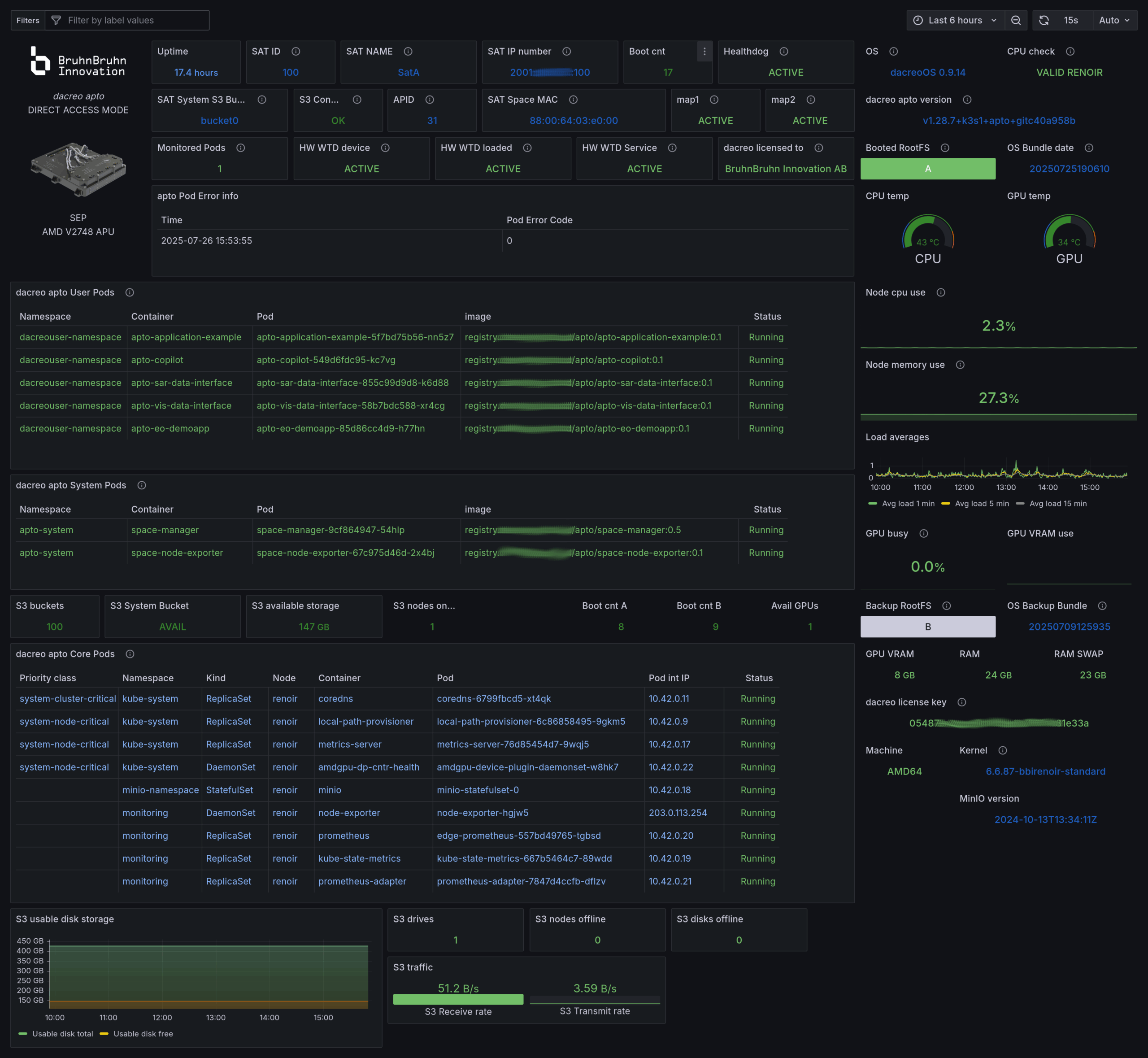
At its core, dacreo apto delivers true GitOps/DevOps in orbit. Developers simply commit their Helm charts or Kustomize overlays, push to a standard Git repository, and watch as the cluster—whether on a compatible computer hardware at ground level or nested inside a satellite—automatically reconciles, validates, and deploys the new version.
In our Space Kubernetes Lab, an operational dashboard shows a 4-service educational demo running on AMD Embedded V2000 (“Renoir”):
- dacreo apto copilot service running a local Large Language Model (LLM) to interpret natural language tasking
- dacreo apto eo application service running insights image processing using machine learning frameworks (based on TensorFlow and pyTorch GPU accelerated with a tailtored ROCm compute stack)
- dacreo apto visual data interface service servicing raw image data from various sensors (optical, multi-spectral, hyper-spectral etc)
- dacreo apto SAR data interface service servicing raw Synthetic Aperture Radar (SAR) sensor data
Each service spins up in seconds, requests CPU and GPU on the APU, and reports health via the BBI space exporter node.
Because space links remain intermittent, dacreo apto offer transparent S3 synchronization: when connected, the cluster syncs container images, application data, and logs to any S3-compatible endpoint—on-Earth or in-orbit. An optional, separately-licensed CCSDS space packet protocol microservice translates these transfers into space-packet bundles, guaranteeing backwards compatibility with legacy telemetry systems. This means ground-based CI pipelines and terrestrial cloud services can push or pull data from space assets exactly as they would with OVHcloud, EVROC, Google, AWS or Azure—no special tools required.
AI & Compute Foundations
The dacreo AI Foundation is provided as a preloaded container base image in the dacreo apto environment. Application developers simply build their own containers on top of this image to gain ROCm-enabled compute—TensorFlow, PyTorch, and other optimized libraries are already included. Because the base image lives on every apto node, only your new OCI layers (your application code and dependencies) need to be pushed, minimizing upload time and ensuring consistency from ground testbeds all the way to deep-space assets.
Designed for powerful space computers
dacreo apto is designed from the ground up to leverage the performance, power efficiency, and maturity of AMD’s Embedded APU families—architectures already gaining traction in space-edge applications:
- AMD Embedded V2000/Ryzen 7 4000 series a.k.a “Renoir” (7 nm CPU+GPU).
- Widely adopted in Blue Marble Communications’ Space Edge Processor, “Renoir” delivers a balanced mix of compute and graphics acceleration in a single chip. Its Zen 2 cores and integrated Radeon graphics enable on-orbit AI inference, image processing, and data fusion without separate accelerator boards.
- AMD Embedded V1000 series a.k.a “Raven Ridge” (14 nm CPU+GPU)
By targeting these APUs, dacreo apto unlocks a familiar development environment (x86_64 Linux + ROCm) while ensuring tight integration with space-qualified hardware. Our CTO personally oversaw end-to-end validation in Blue Marble Communications’ lab on the Space Edge Processor—running heavy workloads and verifying seamless operation of the BMCNet network driver across link interruptions. The result is a hardened spacestack that runs confidently on the same processors powering tomorrow’s edge satellites.
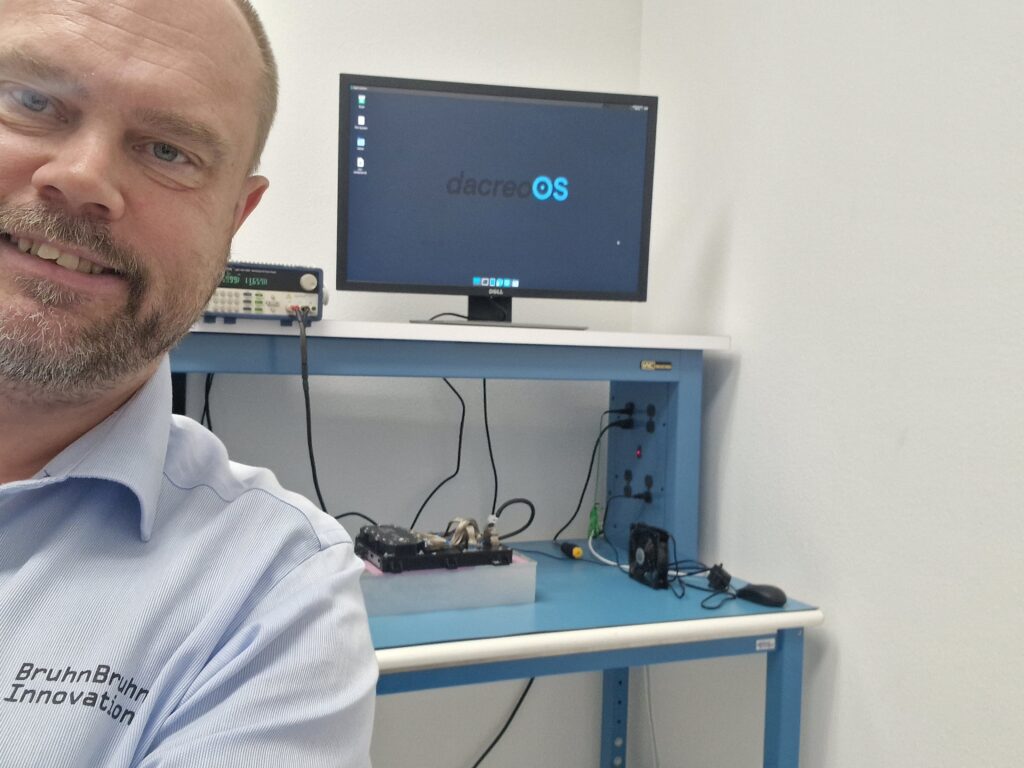
One-push standard GitOps / DevOps pipeline in BBI Space Kubernetes Laboratory
In BBI’s Space Kubernetes Lab, a single git push triggers a full hardware-in-the-loop validation:
- Pre-commit hooks verify YAML syntax and signature
- CI pipeline builds container images, signs them, and publishes to an S3-compatible registry
- CD operator on the target apto cluster pulls new images, runs smoke tests on a redundant node
- Health agent monitors execution; on failure, it re-rolls to the last known-good revision
This “one-push” flow slashes deployment times from months and weeks to minutes, and enables global teams to ship updates to dozens—or hundreds—of satellites with zero human touch.
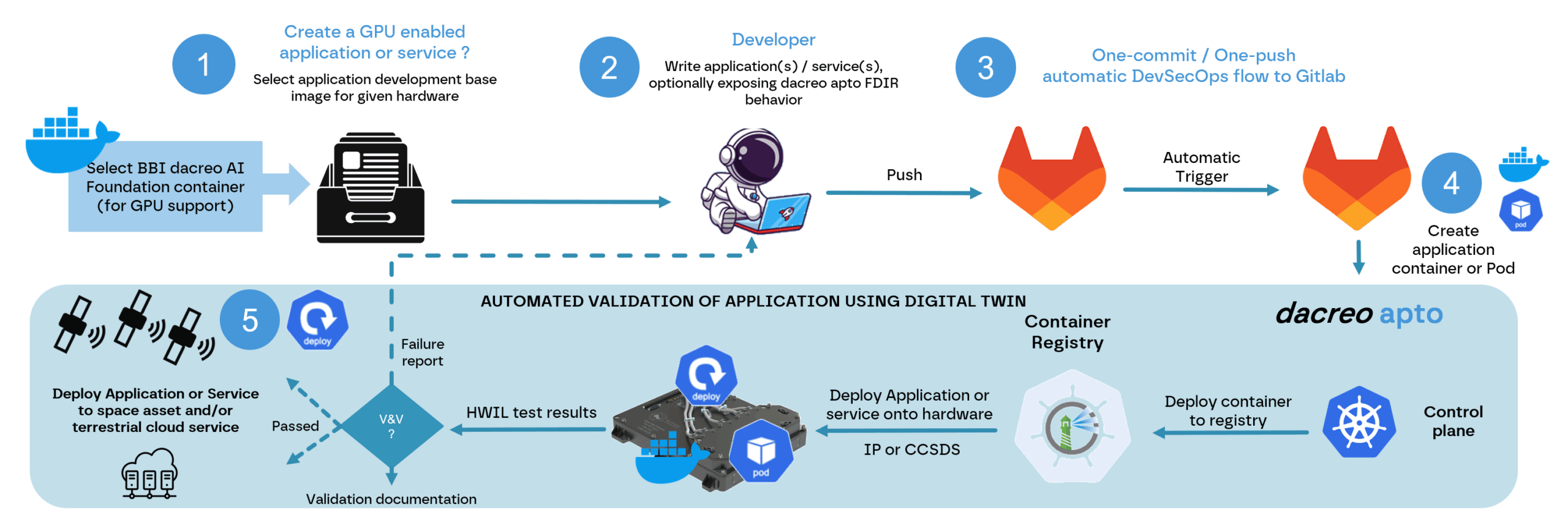
Educational application example
To demonstrate, we deployed a four-service demo to a single Renoir node. The apto-copilot service detects available GPU resources and orchestrates the Earth-Observation insights processor, which in turn visualized optical and SAR data in real time. All interactions—service scaling, health recovery, log aggregation—were managed transparently via the standard GitOps pipeline.
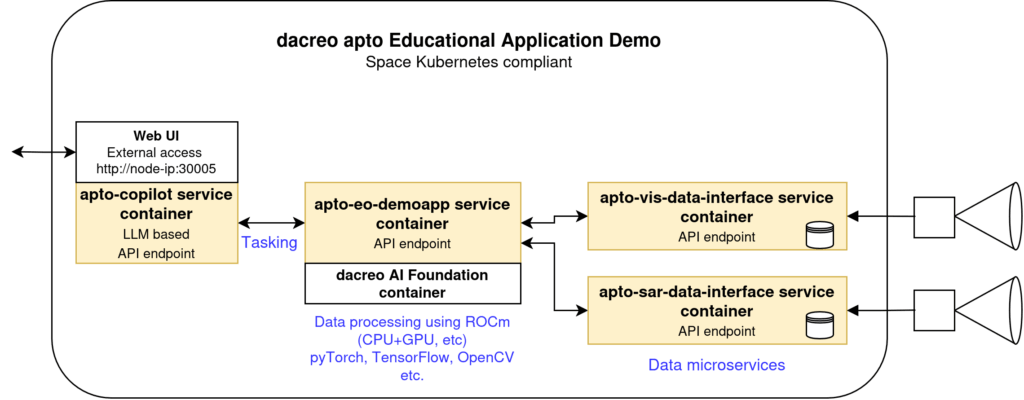
The educational demo application orchestrated on the Space Edge Processor architecture end node, and shown in the operations dashboard under dacreo apto User Pods section.
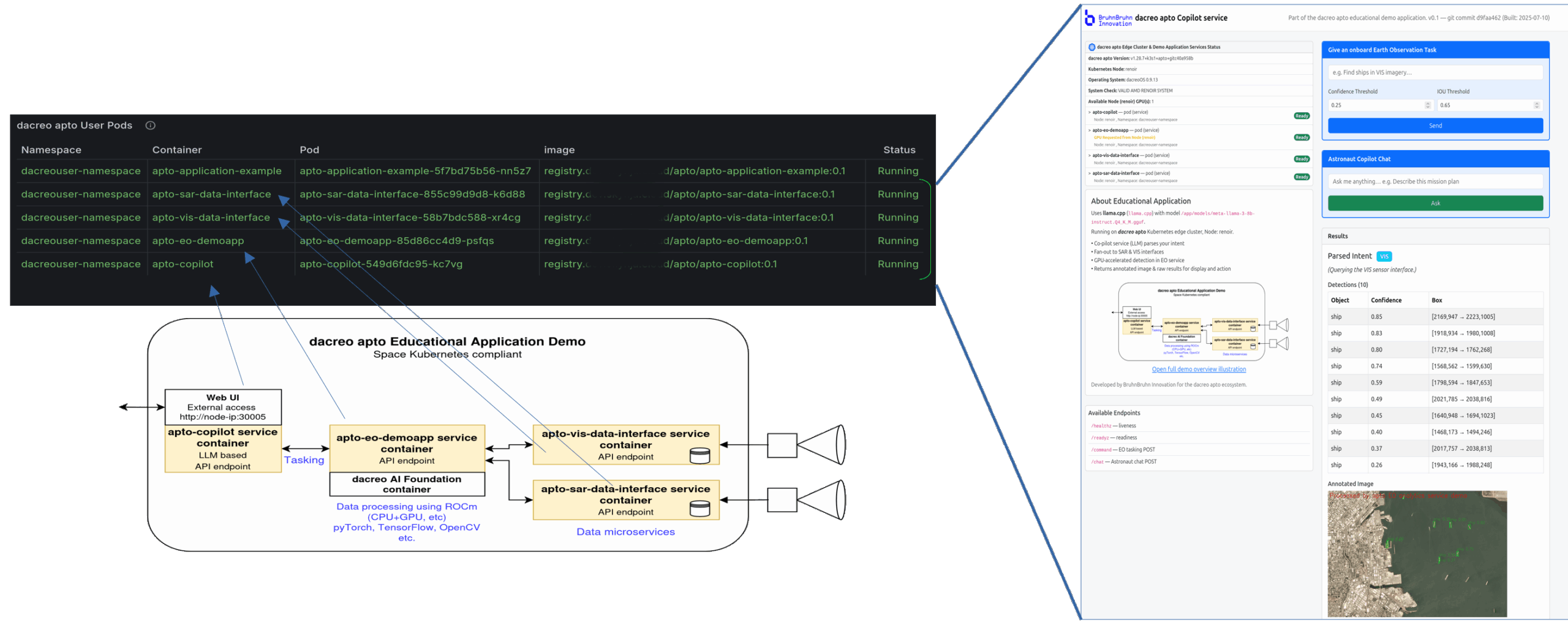
The educational demo services are up and running and detected by the apto copilot service as seen in this figure. There is one available GPU on the edge node (in the AMD APU) which is requested by the Earth Observation insights processing service.
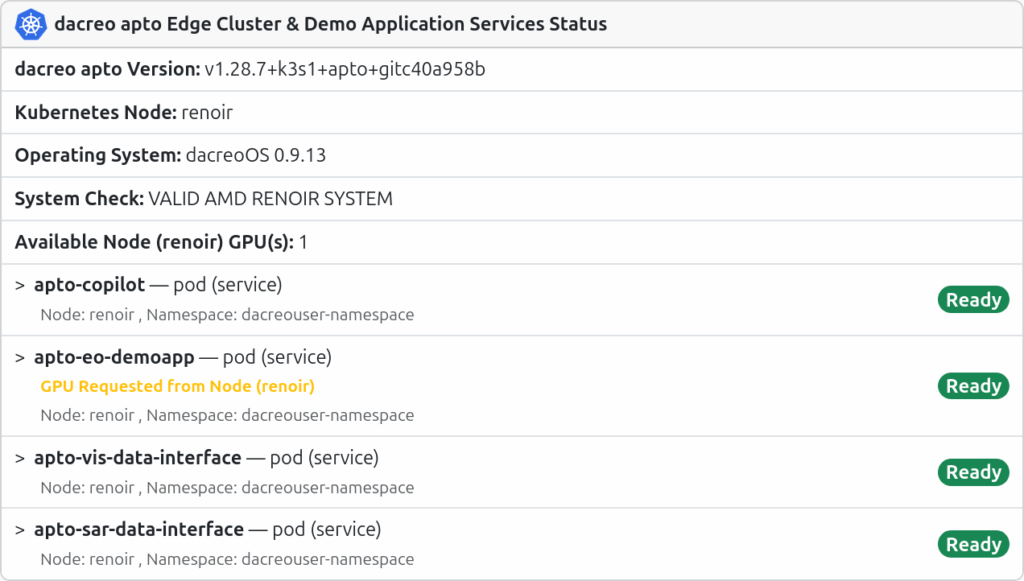
In this screenshot from the dacreo apto Copilot service dashboard, you can see how a simple “astronaut‐friendly” interface drives complex on‐orbit analytics:
All processing, from raw pixels to annotated output, happens entirely on-orbit; only the lightweight overlay and metadata need to be downlinked.
Service Status Panel (Top-Left)
Lists each running microservice—apto-copilot, apto-eo-demoapp, apto-vis-data-interface, and apto-sar-data-interface—along with their readiness.
- Shows that a GPU has been successfully requested by the Earth Observation service on the AMD “Renoir” node.
- Confirms that the OS and Kubernetes node are both validated as “AMD RENOIR SYSTEM”
About Educational Application (Center-Left)
Explains the four-service architecture:
- Copilot (LLM) parses natural-language tasking (e.g., “Locate ships in VIS imagery…”).
- EO Demo App performs GPU-accelerated inference using TensorFlow or PyTorch on optical data.
- VIS Data Interface ingests raw visible-band imagery.
- SAR Data Interface pulls in Synthetic Aperture Radar frames.
Highlights that all services run unmodified OCI containers on the same spacestack, demonstrating true portability across ground and orbit.
Onboard Tasking & Chat (Top-Right)
- The “Give an onboard Earth Observation Task” form lets operators specify detection targets and confidence/IOU thresholds.
- The Astronaut Copilot Chat window lets crew members ask free-form questions (“Describe this mission plan,” “What’s the weather in the target area?”), with the LLM interpreting intent and routing requests to the appropriate service.
Results Table & Annotated Image (Bottom-Right)
- Shows parsed detections—objects, confidence scores, and bounding-box coordinates.
- Displays the processed image with green bounding boxes overlaid on ships detected in a harbor scene.
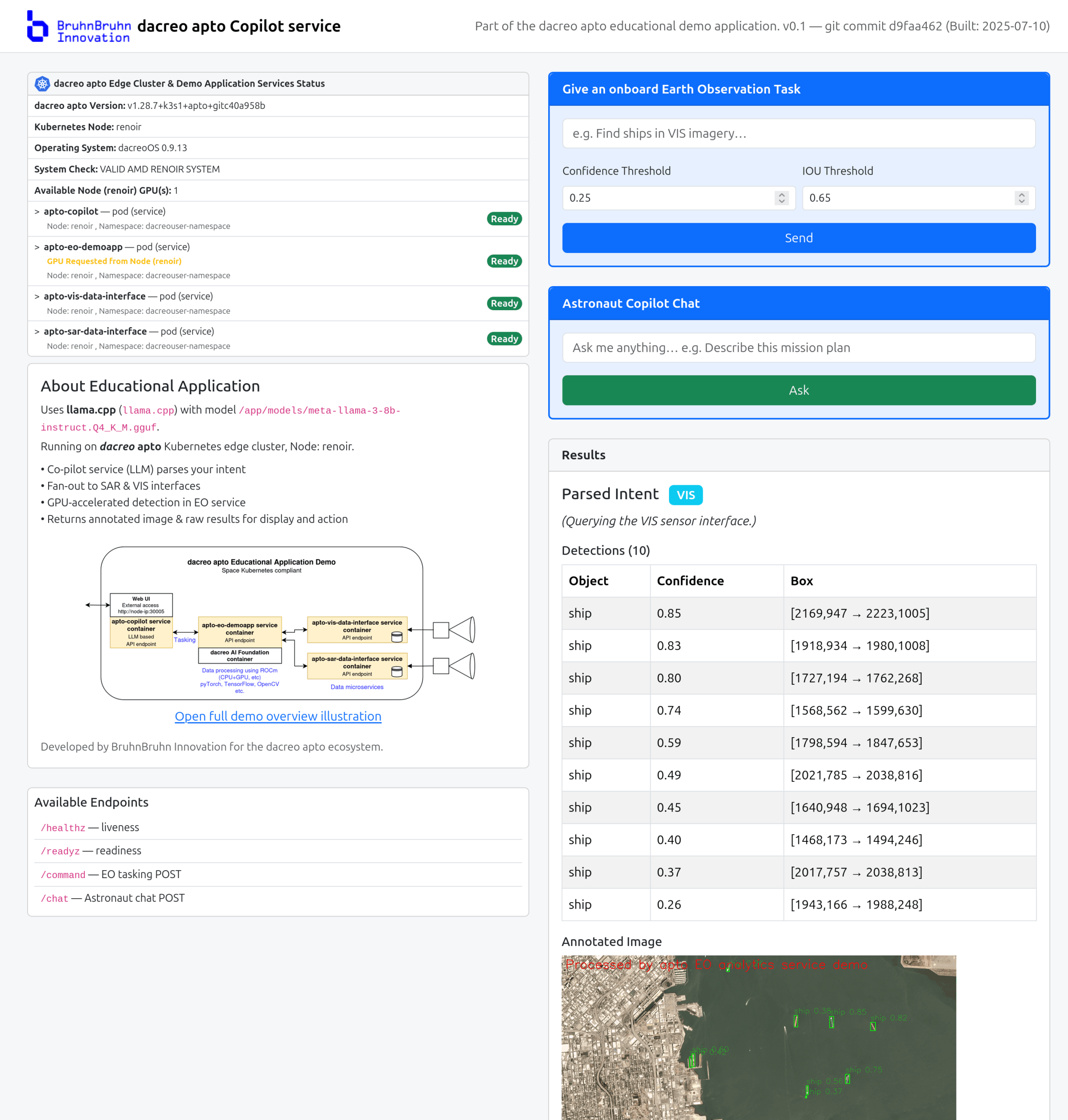
Why It Matters
This demo underscores the power of cloud-native space operations: one Git commit can push updated models to pods in orbit, where they immediately leverage on-board GPU acceleration to generate actionable insights. The copilot GUI abstracts the complexity—astronauts or remote operators need only natural language or simple forms to drive advanced AI/ML workloads hundreds of kilometers above Earth.
Development Solutions & Software Licensing
Getting started with dacreo apto is straightforward. We offer:
- Edge Development Kits:
Pre-configured hardware bundles—featuring AMD APUs and pre-loaded dacreo apto images—so you can prototype and test locally before deploying to orbit. - Virtual Lab Environments:
Docker- and VM-based emulators of the dacreo apto spacestack, complete with ROCm-enabled AI Foundation images, Kubernetes control plane, and simulated CCSDS/DTN links. Ideal for CI integration and continuous testing. - Software Licensing & Support
- Training & Professional Services:
On-site and remote workshops covering GitOps pipelines, hardware-in-the-loop validation, upset-recovery tuning, and CCSDS integration. Custom development engagements are also available.
Contact us for detailed pricing, licensing options, and to schedule a live demo of our development systems. Let’s explore how dacreo apto can unlock cloud-native operations for your next space mission.
Partners & Acknowledgments
Netnod is a strategic partner for reliable cloud-native architectures, security, and networking.
We thank the Swedish National Space Agency for financial support during the development of methods and prototyping.
12G Flight Systems provides the CCSDS/ECSS-PUS PUSopen library and training and helps software teams establish technical documentation and software processes.

